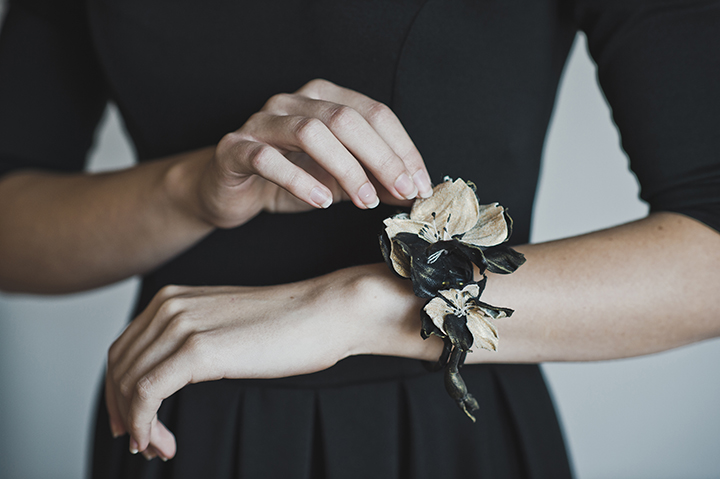Philanthropy is a wonderful endeavor and, in addition to providing others with much-needed time and resources, it can be extremely rewarding to give back to one’s community. However, this mutually beneficial effort can be strategically done to reap even more returns.
Let me start by saying that donations should not be done selfishly. While you may gain a business advantage from your contribution, that should be a secondary reason. Still, if you give things away for “free,” you must find the ROI that connects your efforts to your business directly. Social media shout-outs and minimal event signage are hardly a return, so you need to recognize how much your donations will truly impact your business.
The idea behind strategic donating is to give back to your community in a way that grows your network and opens up new opportunities for you and your business. With that said, you won’t get much out of your strategy if it’s not done meaningfully and authentically.
Why donate?
Donations can seem like doing extra work on an already limited pool of time and resources. However, if done correctly, you can contribute while still working on business development. You see, today’s event clients (mainly millennials and Gen Z-ers) want to know that you give back to the community, but they don’t want to pay for it. That’s why it doesn’t often work when we tell them we’ll give 10% back to a charity—they’d rather just have the 10% off their services.
Our donation strategy is community-based, with access to clients that would be our ideal. This puts us in the right circles to showcase our philanthropy, while also connecting with the local community on the ground level. Partnering with other companies and organizations is a great way to expand your reach and build new relationships within your chosen cause.

For example, we work with the local high school band to help raise money for a competition that they attend annually. The band promotes our floral design company as a supplier of corsages and boutonnieres for prom and, in return, a portion of the proceeds go to their fundraising efforts. We get the chance to give back, but we also get our name into the community, gain top-of-mind brand awareness, and earn new business that will likely revisit us for anniversaries, birthdays, and Mothers’ Day.
Aligning with a charity that matches your core values can also bring in positive reviews, which are extra valuable when they are coming from a known business. If a prospective client is looking at your reviews, they will place more significance and worth in a five-star rating from another company than from another individual. The third-party validation speaks volumes about your services.
At the end of the day, you can use your donation strategy to build a community and nurture relationships that can continue to serve you in the long run.
What to donate
There are three main things that you can donate as a company: time, goods, and funds. Through my experience, I’ve found that time and goods are the most valuable as those build stronger relationships more than donating money.
Many non-profit boards are made up of prominent business owners in the area, so giving your time to serve can connect you with some important people. I sit on a gala committee where I’m valued as an event professional, which allows me to engage with the board of executives at the gala—I thank them for contributing to our cause and set a reminder to connect with them on LinkedIn.
“When I donate goods, I request an email blast with a promo code for tracking. Otherwise, you’re just giving stuff away without a strategy.”
Donating goods is another great way to spread your brand recognition and put your art in front of potential clients. If we provide floral arrangements for a community engagement, they will be seen by local people who are likely to have floral needs in the next year — so, when they see our brand as a sponsor, they’ll make a mental note for future reference. Just be sure that you can track the return. When I donate goods, I request an email blast with a promo code for tracking. Otherwise, you’re just giving stuff away without a strategy.
It’s worth noting that, when it comes to donating goods, you don’t need to lose money. As business owners, we still need to see a return. I typically ask organizations to fund the wholesale costs, but I’ll cover the cost of labor and installation. This type of partnership is advantageous for everybody, with both sides getting a return from the collaboration.
Where to donate
It can be a challenge to determine the best outlet for your donations. Start by identifying your core values and what you’re most passionate about—the relationships you form need to align with the essence of your brand. I contribute most to children’s societies because, as a mother, I recognize the importance of caring for all children from a young age. At the same time, I understand that flowers lift people’s spirits, so we consider things like hosting a free flower design workshop in elderly communities.

Know your specialties and look for ways that you can give back in your own unique ways. Remember that giving doesn’t need to be grand. It doesn’t need to be the biggest gala that raises the most money; it can be a small brunch at the country club or weekends given to the local community center. Giving can be done on so many levels. Start small and go from there.
How to get started
Once you find something that speaks to who you are, commit and dive in. I got involved with a women’s auxiliary for that children’s nonprofit and started out by simply attending a brown bag lunch each month and providing treats for kids’ birthdays. Easy. Soon enough, somebody asked me why I wasn’t on the gala committee when they found out I was in the events industry. I hadn’t even known there was one! Five years later, I sit proudly on that committee and I’ve built countless valuable relationships from it.
As event professionals, we are in a unique position to give back to the community because we have the resources and creativity to do so. Most people lack the creativity that we’ve honed over years of working at it. We’re an asset to organizations because we understand that one buffet line is not enough for a brunch with 500 people. We know how early invitations must go out and we’re great at keeping up with an event timeline. We will not let an annual event run out of alcohol before the main speaker takes the stage (true story).
Others tend to be immersed in charity work, but we understand the logistics of events. For that reason, we quickly become the expert of the group. People trust us and let us make the final decisions because it’s our career—when the event is successful, they look to you with thanks and accolades. That is how you build strong, long-lasting relationships through strategic philanthropy.



